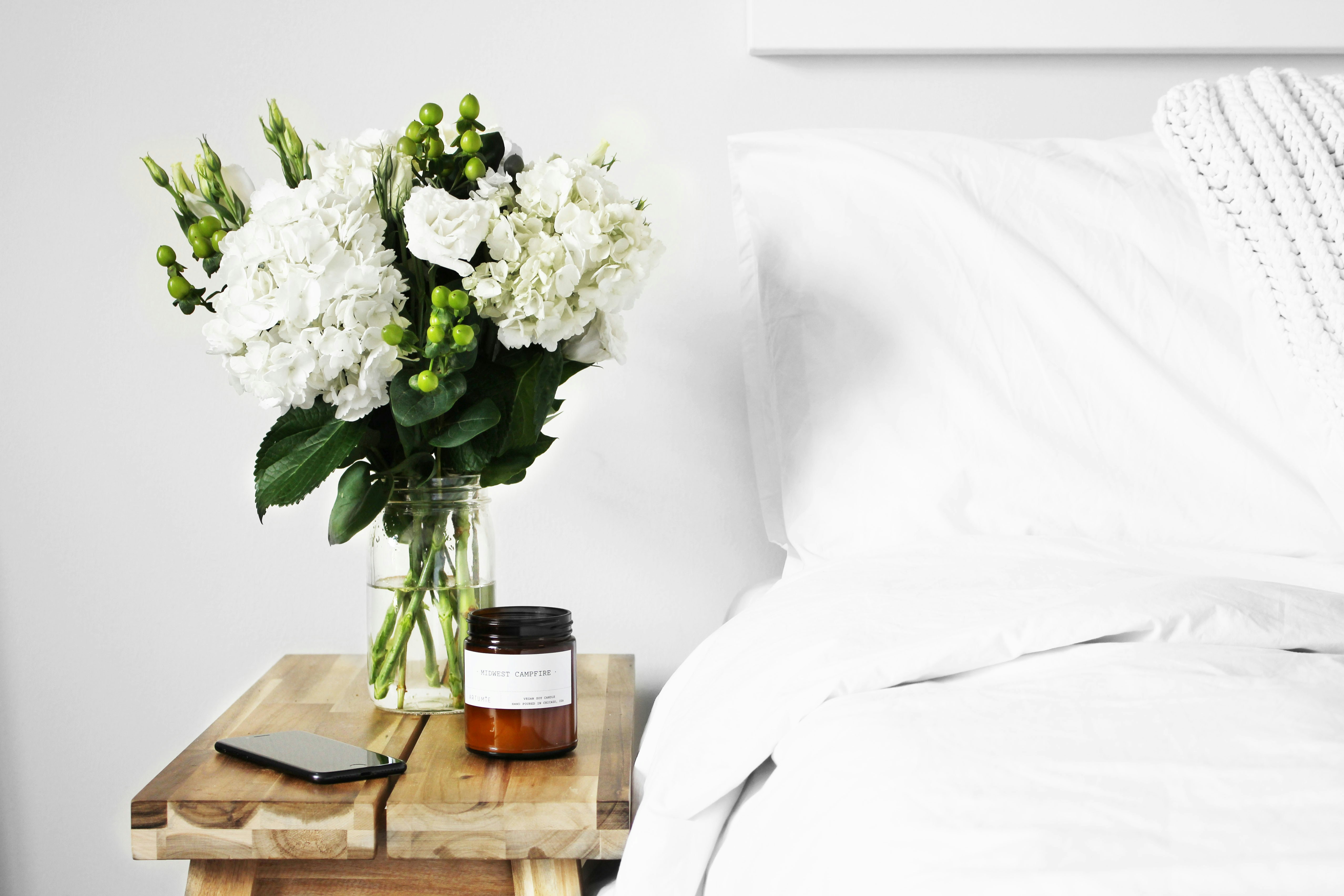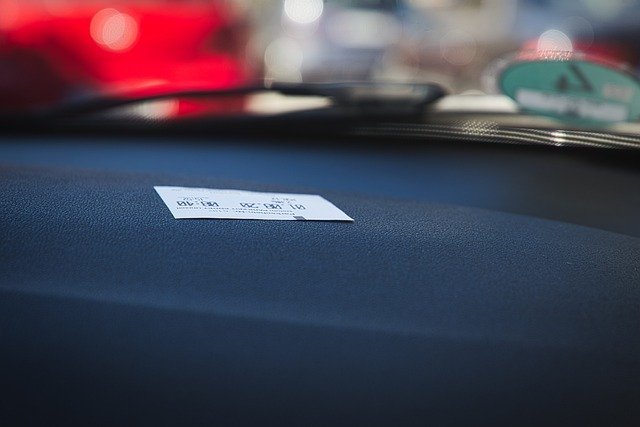Fusion of Cultures: Moroccan Influence on Western Interiors
Introduction: Immerse yourself in the rich, vibrant world of Moroccan design. With its use of bold colors, intricate patterns, and unique materials, Moroccan style has been steadily influencing Western interiors. This article takes a deep dive into this fascinating trend, tracing its roots, current interpretations, and practical applications in our homes.

The Enchanting Roots of Moroccan Design
Moroccan design has a long and diverse history, tracing back to the Berbers, the indigenous people of North Africa, and influenced by Arabic, French, and Spanish cultures. This amalgamation of influences has resulted in a unique style characterized by vibrant colors, intricate geometric patterns, and an emphasis on texture and detail. Traditional Moroccan architecture, with its arches, domes, and courtyards, has also heavily influenced design aesthetics.
The Moroccan Wave in the West
In the West, Moroccan design was first introduced during the 1960s and 70s, with the rise of the hippie culture and a growing interest in travel and exotic locales. Today, the style is experiencing a resurgence, with designers and homeowners alike drawn to its vibrant colors, intricate patterns, and unique textures. From brightly colored rugs and pillows to intricately carved wooden furniture, Moroccan elements can add a touch of warmth and exoticism to any interior.
Practical Applications of Moroccan Design
Moroccan design is not just about aesthetics—it’s also about functionality. Traditional Moroccan homes are designed to provide comfort in a hot climate, with thick walls that keep interiors cool and courtyards that provide shade and fresh air. In the West, these principles can be adapted for energy efficiency. For instance, Moroccan-style interior courtyards can be used to maximize natural light, reducing the need for artificial lighting.
Market Trends: The Moroccan Influence
The market for Moroccan-inspired interiors is growing. According to a report by Grand View Research, the global home decor market is expected to reach $838.6 billion by 2027, with ethnic and eclectic styles, including Moroccan, driving much of this growth. This trend reflects a broader shift towards individualism and personal expression in home design, with consumers increasingly seeking unique, culturally diverse pieces that reflect their personal style and values.
The Allure of Moroccan Design: Enhancing Daily Living
Finally, beyond its visual appeal and functionality, Moroccan design offers a deeper, more intangible benefit. In our increasingly fast-paced, digital world, the tactile richness and historical depth of Moroccan design can provide a sense of connection and grounding. By incorporating elements of this style into our homes, we can create spaces that are not only beautiful and functional, but also soulful and meaningful.
In conclusion, the influence of Moroccan design on Western interiors is a testament to the power and appeal of cultural fusion. As we continue to explore and adapt this rich, vibrant style, we can look forward to homes that are not only beautiful and functional, but also rich in history and meaning.




